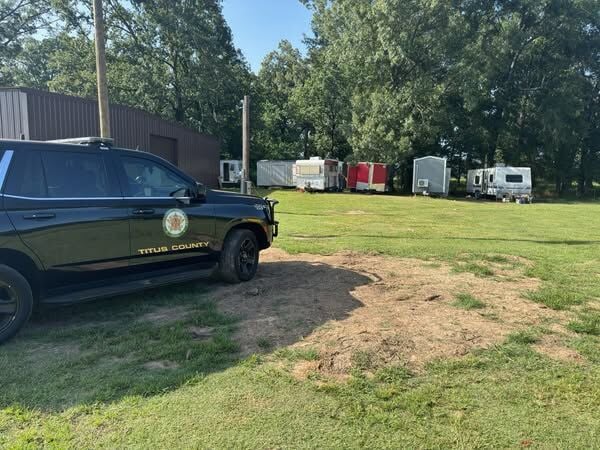Casanova: Protecting our land and our people after recent Texas wildfires
Published 5:15 am Friday, March 29, 2024

- Vanessa Casanova
The recent wildfires raging across the Texas Panhandle have painted the skies with smoke and left a path of devastation in their wake. While our hearts go out to those who have lost homes and livelihoods, it’s crucial to remember the agricultural community – the backbone of our great state – that has also been deeply impacted.
From an agricultural occupational health and safety perspective, our focus goes beyond the physical dangers of flames and embers. We recognize the immense mental toll these disasters take on farmers and ranchers. These wildfires not only destroy crops, fields and livestock, but also represent the loss of years of hard work and the very foundation of a family’s legacy. The psychological impact can be profound, leading to anxiety, depression and even PTSD.
In the immediate aftermath, ensuring physical safety remains paramount. As ranchers and farmers assess the damage and begin the long road to recovery, they face a multitude of physical hazards. Smoke inhalation can exacerbate respiratory problems, so proper respirator use is essential. Exhaustion and heat stress are other concerns; prioritize rest and delegate tasks whenever possible.
But the path to recovery extends far beyond the fire lines. Here’s where agricultural health and safety takes on a new dimension and where the Southwest Center for Agricultural Health, Injury Prevention, and Education stands as a resource to producers of the Panhandle. Agricultural organizations, mental health professionals and government agencies must work together to support producers through:
Mental health support – Farmers and ranchers often hesitate to seek help for mental health struggles. We need to create open communication channels and remove the stigma. Partnering with mental health professionals who understand the agricultural life can be a critical step.
Financial and logistical assistance – Rebuilding after a fire is a monumental task. Navigating insurance claims, securing financial aid and sourcing replacement supplies can feel overwhelming. We need to ensure readily available resources and streamlined processes to get our agricultural community back on its feet as quickly as possible.
Safety training – Recovery and cleanup should be undertaken safely. Providing training for producers on safe wildfire recovery practices, including proper use of personal protective equipment and recognizing signs of smoke inhalation and heat stress, are crucial.
Long-term planning – These wildfires highlight the increasing threat of extreme weather events. We need to work with agricultural communities to develop fire mitigation strategies, explore drought-resistant crops and create support systems for future disasters.
If you or someone you know needs emotional support or resources, call or text the free AgriStress Helpline at 833-897-2474 or find additional resources at uthct.edu/southwest-center-for-agricultural-health-injury-prevention-and-education/agstress.
To donate to the relief effort, visit:
AgriLife Extension: agrilifeextension.tamu.edu/2024-panhandle-wildfires
AgriSafe Network: agrisafe.org/wildfires
While these wildfires highlight the fragility of our agricultural systems, the Texas Panhandle is known for its resilience. By prioritizing both physical and mental well-being, along with practical support and long-term planning, we can help our agricultural community not only recover but emerge stronger. Let’s stand together to protect our land and the people who make it thrive to provide the nation’s food and fiber.






